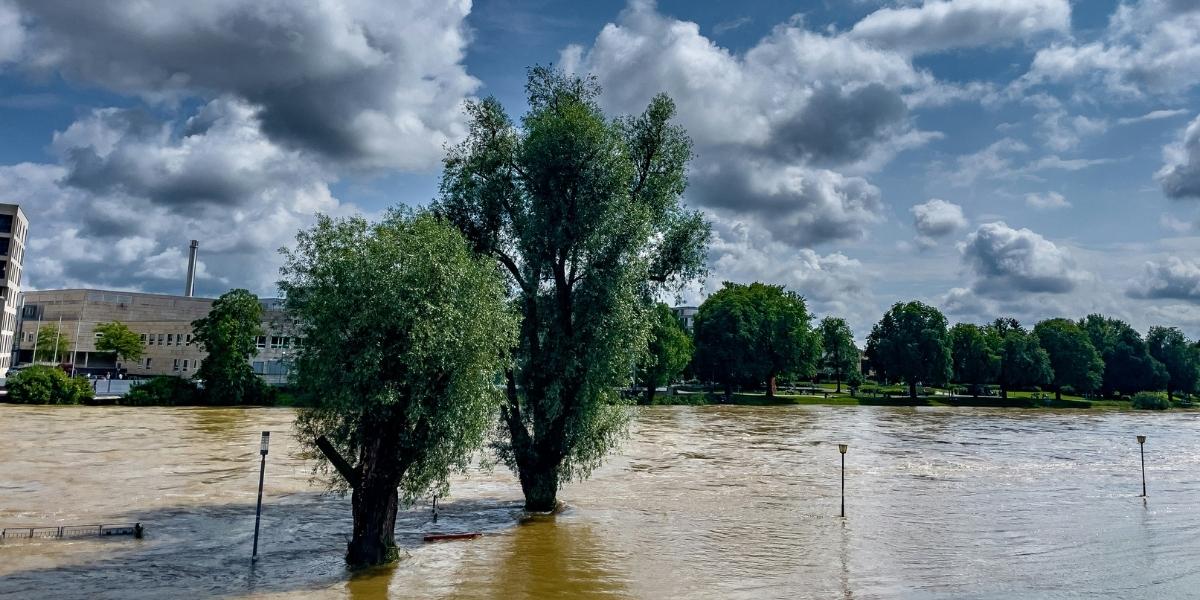What Does Global Climate Action Mean for Our Future?
The growing urgency around climate change has transformed the way nations, industries, and individuals think about sustainability. Global climate action represents a collective effort to address the causes and consequences of climate change through long-term, cooperative solutions. It’s about more than reducing emissions—it’s about rethinking how the world produces energy, manages resources, and prioritizes equity in environmental decisions.
Read Also: How to Redefine Beauty Beyond Societal Expectations
Why Is Global Climate Action a Shared Responsibility?
Climate change doesn’t recognize borders. Greenhouse gases released in one part of the world affect ecosystems, economies, and communities everywhere. That’s why global climate action must be a shared responsibility. Countries with the highest emissions have a duty to lead reductions, while developing nations must be supported in transitioning to greener systems.
This shared effort includes reducing carbon footprints, protecting biodiversity, adapting infrastructure to climate risks, and investing in clean technologies. It’s a global partnership built on cooperation, transparency, and accountability. The more unified the response, the more resilient the planet becomes.
How Are International Agreements Shaping Climate Action?
One of the most influential tools in the fight against climate change is international cooperation. Agreements like the Paris Agreement aim to limit global temperature rise by setting emission reduction targets for participating countries. Each nation commits to its own climate goals, with progress reviewed regularly to encourage transparency and ambition.
Beyond Paris, forums like the United Nations Framework Convention on Climate Change (UNFCCC) serve as platforms for global dialogue. These gatherings bring together scientists, policymakers, and civil society groups to share strategies, track progress, and set new objectives.
This collaborative model is essential to achieving meaningful results. No single country can tackle the crisis alone, and climate negotiations offer a space for collective vision and action.
What Role Do Renewable Energies Play in Climate Solutions?
A major part of global climate action involves transforming how the world generates and uses energy. Fossil fuels remain the largest source of carbon emissions, and reducing reliance on coal, oil, and gas is essential. This shift is already underway, with solar, wind, and hydropower becoming more affordable and widely adopted.
Clean energy doesn’t just reduce emissions—it creates economic opportunities. Jobs in solar panel manufacturing, wind farm operations, and green infrastructure are growing worldwide. Many countries now see climate action as an investment in innovation rather than a cost to development.
However, energy transitions need to be managed carefully. Equitable access to clean energy must remain a priority, especially in regions where traditional power systems are underdeveloped.
How Are Communities Affected by Global Climate Policies?
As governments implement climate strategies, local communities often feel the effects first. Some benefit directly from new green jobs, cleaner air, and improved infrastructure. Others face challenges, particularly in areas dependent on carbon-intensive industries.
Global climate action must consider social and economic impacts at every level. Policies should include protections for workers transitioning out of fossil fuel sectors and support for vulnerable populations facing climate-related risks. Justice and inclusion are not separate from climate goals—they are essential to making those goals achievable.
Community-based solutions, such as urban greening, local farming initiatives, and climate education, allow individuals to participate in climate efforts in a way that reflects their specific needs and values.
What Obstacles Stand in the Way of Climate Progress?
Despite progress, major obstacles remain. Political divisions, economic constraints, and resistance from entrenched industries slow down critical reforms. Misinformation and public skepticism also undermine policy support, delaying actions that science says are urgent.
There are also technical challenges. While renewable energy is growing, integrating it into existing grids requires significant investment. Some regions face logistical issues in deploying solar or wind at scale due to geography or climate.
Still, none of these challenges are insurmountable. With continued innovation, public pressure, and international collaboration, many of these barriers can be addressed. The key lies in persistent, united action.
Read Also: Exploring the Evolution of Gourmand Perfumes
How Is Global Climate Action Evolving Over Time?
The strategies and narratives around global climate action have shifted dramatically over the years. What once focused mainly on emissions has grown to include adaptation, biodiversity, climate finance, and equity. Youth movements, led by voices from all continents, have brought new energy and urgency to the conversation.
Technological innovation is also evolving the field. Advances in energy storage, carbon capture, and smart agriculture are reshaping what’s possible. Climate data and modeling tools provide better insight, helping policymakers and businesses make informed decisions.
As the planet faces increasingly severe climate impacts, global climate action will continue to evolve. It must remain agile, inclusive, and grounded in science to meet the demands of a rapidly changing world.







